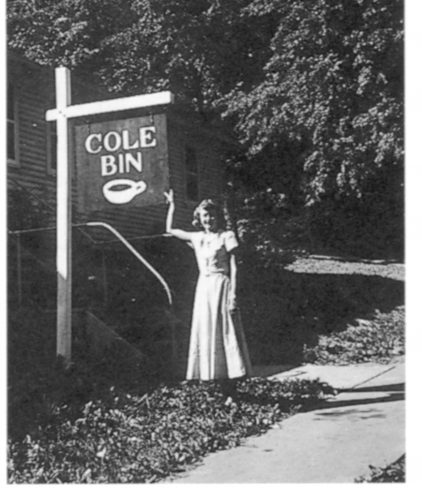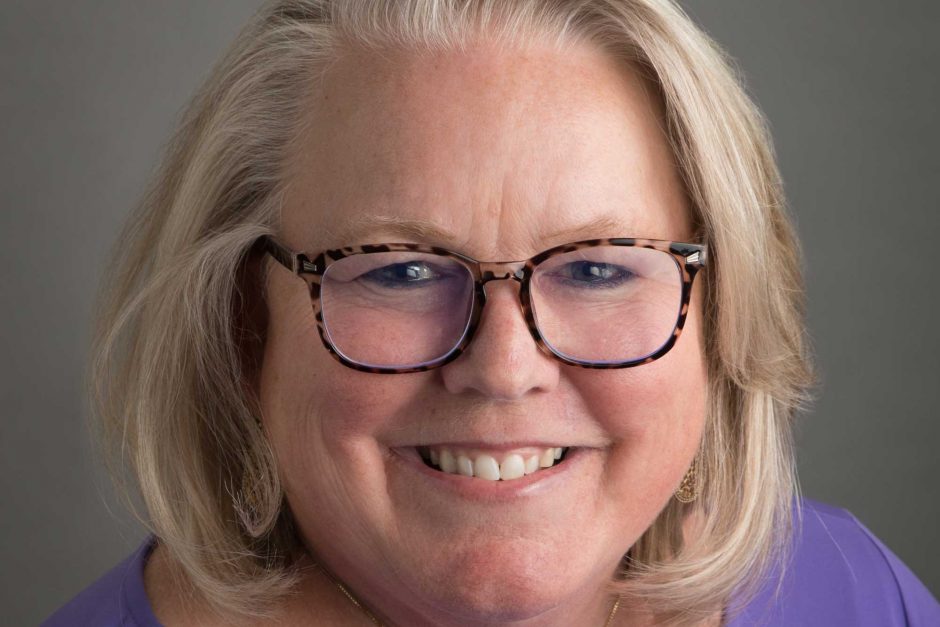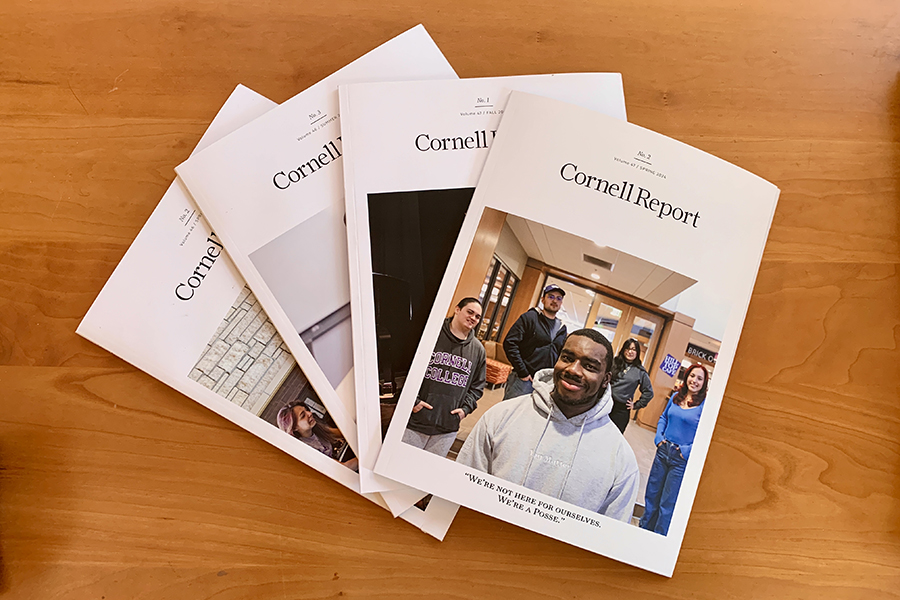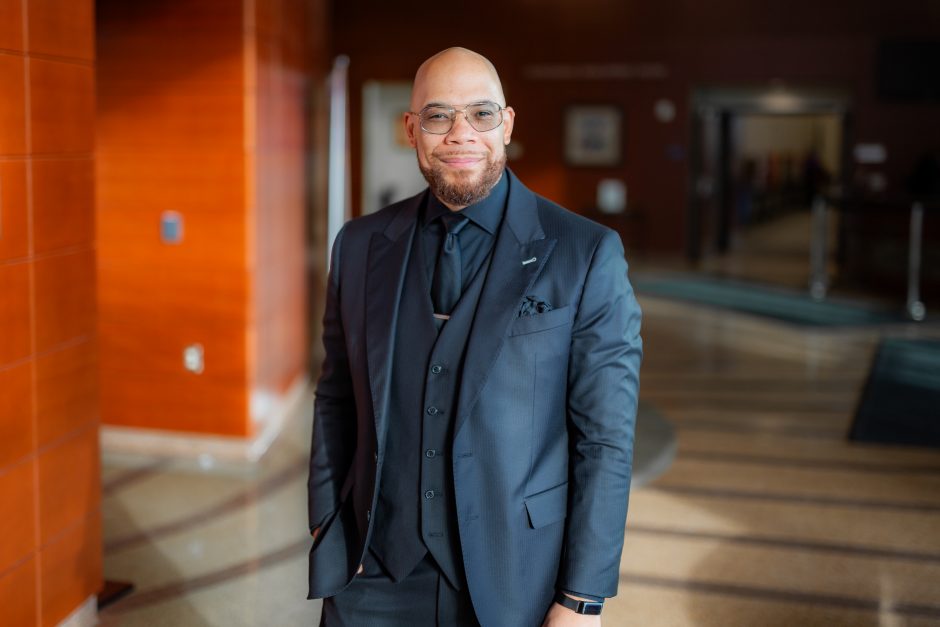Fall 2016: Letters
Case study had dramatic impact
I was excited to see Professor Hejeebu’s case study with GreatAmerica Financial Services profiled in a recent issue. As someone who was in the Business Analytics course working on the GreatAmerica case, I wanted to share how the experience helped me.
Until recently I’d been working as a mortgage underwriter. In February my department received a notice that we would be let go in 60 days. With much less experience than the 50+ mortgage professionals hitting the Raleigh-Durham job market, I had a roughly zero percent success rate securing interviews for underwriting or mortgage-related jobs.
However, before my 60-day working notice had ended, I secured a position with substantially more responsibility and compensation. A major factor in my being hired was my experience in Professor Hejeebu’s Business Analytics class. In addition to the familiarity I gained with the software called Tableau, I believe the type of thinking necessary for the live case study was a major factor in the hiring decision. I was able to speak in the language of my interviewers when discussing the main challenges faced by their industry.
I know the live case presents unique challenges to colleges, professors, and students, but it has real and dramatic impacts on those who are given the opportunity.
Thomas Kirk ’13
Raleigh, North Carolina
Magnolia memory
I do not, at age 88, plan to visit again, but I loved the photo of that gorgeous Deciduous Magnolia that is now a tree. Ms. Nama Lathe had us sketching it, in bloom, in 1946, and I still have those nice sketches. I loved her art class and remember her kindly. Please keep sending the Cornell Report, as it renews memories!
Laurel Presnell Upshaw ’50
Tulsa, Oklahoma
 Cole Bin stories
Cole Bin stories
My first introduction to Alice and George Brown was in April of 1945 at the time of the Spring Music Festival. I spent the weekend with a high school friend who was attending classes at Cornell College and living in a room in a large house owned by the Browns.
In September I became a lifelong Cornellian. I remember the Cole Bin in ’47, which I am quite sure was college-owned, but managed by George. It was located down the hill behind Pfeiffer Hall. I can still remember dancing to the jukebox tunes of the day and spending quality time in the furnace room studying, reading, talking, etc. And then, of course, there was a dancing area that consisted of a small kitchen where short-order food was prepared by the worker on duty.
At the special spot where students put in their orders sat the Book, a unique system, introduced by George, in which you could sign your name to charge for your food, etc. Everyone was on their honor, and additionally, you could borrow up to $10 by signing in and asking whoever was working at the time for a $10 bill from the box. Does that tell you what kind of a guy George was and why all the kids adored him?
I do remember how devastated we all were when the Cole Bin burned down. Luckily the Book was saved, and I remember several of us working at the Brown kitchen table writing notes to those who owed money to “pay up” so George could start a quonset hut that he built behind his house to replace the Cole Bin. Although it was frequented it never replaced the Cole Bin. It, too, burned down and George replaced it, but it just didn’t take off and within a short period of time he closed it down.
They were two very special people who gave thousands of Cornellians some wonderful years!
Cecilia Sendek ’49
Eldridge, Iowa
George and Alice Brown were running the first Cole Bin in the old Cole house when I arrived on campus in January 1946. It was our student union. George flipped burgers while Alice kept the books. The kids jitterbugged in the cleared-out “living room,” played bridge, or just gabbed.
I was unpleasantly surprised in the fall of 1947 when the college came up with a second “student union” and dared to also call it the Cole Bin. It sat in a slew in a large quonset hut below Pfeiffer Hall. I believe the Browns ran it for a while, but the old mystique was gone. I, too, have no memory of a George’s Grill, and I, too, spent far too much time in the original Cole Bin.
Gene DeRoin ’49
Chicago
I believe the Cole Bin was named after Cornell’s President Cole. It was very popular with students early on. There was an upright piano in the Cole Bin. Frederick Evans ’47 was popular with his original song, “I’ve Got Those Japanese Coastline Occupation Blues.” The war was winding down by then.
Barbara Schreiber ’46
Malibu, California
WEB EXTRA: For full details on the two Cole Bins, read an article by Gene DeRoin ’49 on the 1940s Cole Bin, and another by Duane Carlson ’55 on the 1950s Cole Bin, which originally appeared in the Summer 2000 Cornell Report.



